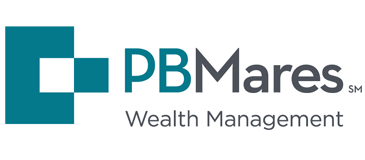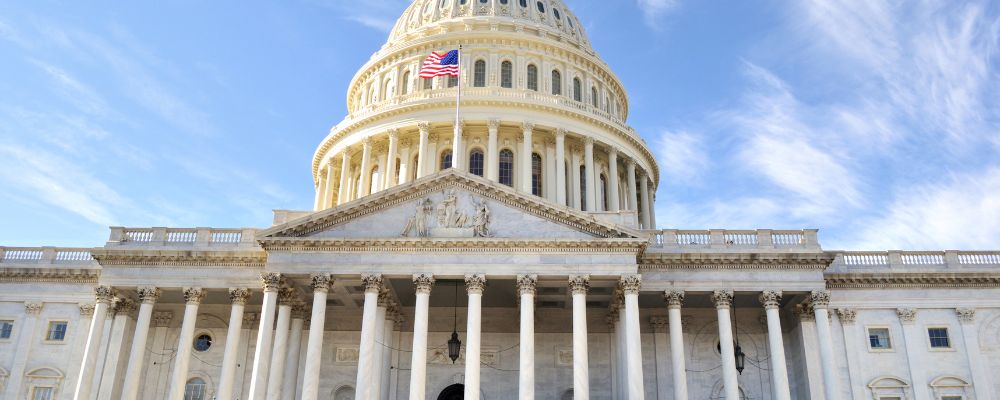Silicon Valley Bank and other banking institutions have come under fierce scrutiny for falling into FDIC receivership and putting the deposits of their business clients at risk. According to some estimates, more than 80% of the billions of dollars were not protected under FDIC.*
Businesses are naturally concerned about the safety and security of their own company deposits. But letting cash reserves sit in a savings account isn’t necessarily the best answer.
To optimize your cash reserves, being aware of all available options is critical.
Best Practices for Business Cash Reserves
As business owners and executives analyze the security and effectiveness of their banking strategies, we’ve been hearing a few common questions from clients, including:
- How do we protect company deposits above the $250,000 FDIC insurance limit?
- Can we earn additional yield on deposits without affecting our operating needs?
- How do we increase our access to capital and decrease the administrative burden of diversifying among multiple banks?
To increase protection on cash above the FDIC limit, many assume the only options are to open additional accounts at multiple banks or buy CDs. Fortunately, there are other options for savvy businesses looking to take advantage of elevated interest rates without slowing down operations.
Most businesses keep 6-12 months of operational cash reserves in a business bank account in order to pay the bills. But for cash that would sit idle beyond this time frame, there are more effective strategies to generate earnings within the normal flow of business.
By establishing a business brokerage account, your business can develop a cash management strategy properly allocated to different buckets like:
- Money market funds
- US Treasury Bills
- CDs
Each solution serves its own purpose to find a balance between safety, liquidity, and higher yield.
How to Use These Three Products in a Business Brokerage Account
Money Market Funds
Many investors think that money markets have unlimited risk of loss because they are mutual funds. But in reality, depending on the makeup, a money market fund can be one of the safest parts of your cash management strategy.
Three points about money market funds are important to understand:
- Money market funds can limit risk exposure better than you might think. Although money market funds technically fall under SIPC protection as an investment, you can utilize a US Treasury money market to further limit risk exposure.
Many investors would consider the US Treasury Bill to be one of the safest investments in the world because it is backed by the US government. Just as SIPC and FDIC are government-backed assurances, a US Treasury money market would be allocated with instruments that are 100% US government backed.
- Money markets can be highly liquid. Thanks to Rule 2a-7, 40 percent of a money market fund’s total assets must become liquid within 7 days. [1] This means even in a worst-case bank-run type of scenario, you’d only have to wait 7 days to be fully liquid. Many money market funds allocate upwards of 80% of their holdings to instruments that would be liquid within 7 days.
- Money markets and breaking the dollar. Money markets are considered to be one of the most reliable investments, and a phrase called “breaking the dollar” helps explain why.
You essentially purchase a money market fund for a dollar, so breaking the dollar happens when the share price of a money market fund falls below $1. This has only happened twice — in 1994 and again in 2008.
US Treasury Bills
US Treasury Bills are delivering some of the best rates around and can be laddered to stagger maturity dates. You can lock in today’s high rates as the rate does not fluctuate. As one expires, you have the option to reinvest the funds for a potentially higher yield or allocate the proceeds elsewhere.
Of course, your selections and the amounts you choose to invest will depend on your short and long-term goals and the timeframe for those goals. So you’ll want to develop a comprehensive liquidity or cash flow forecast to inform your investing strategy.
CDs
For cash you won’t need in the next three to 12 months, CDs can provide another solid alternative. You can get that FDIC protection and then ladder the CDs to extend higher yields.
By opting for CDs of different term lengths and regularly renewing short-term CDs for longer terms, you’ll benefit from the long-term CDs’ higher rates and the frequent access to your funds that the short-term CDs provide.
Learn More
CFOs and business leaders are uniquely positioned to take advantage of today’s elevated interest rate environment in a safe manner. Accomplishing this goal doesn’t have to be an administrative nightmare. But to do so effectively, you need a strategic plan.
With an eye on safety and access, PBMares can help structure a plan that meets your unique needs and captures higher yields. Let’s have a conversation.
* Read more in our CFO Insights after the SVB Collapse linked here.
[1] https://www.sec.gov/rules/proposed/2021/ic-34441-fact-sheet.pdf





